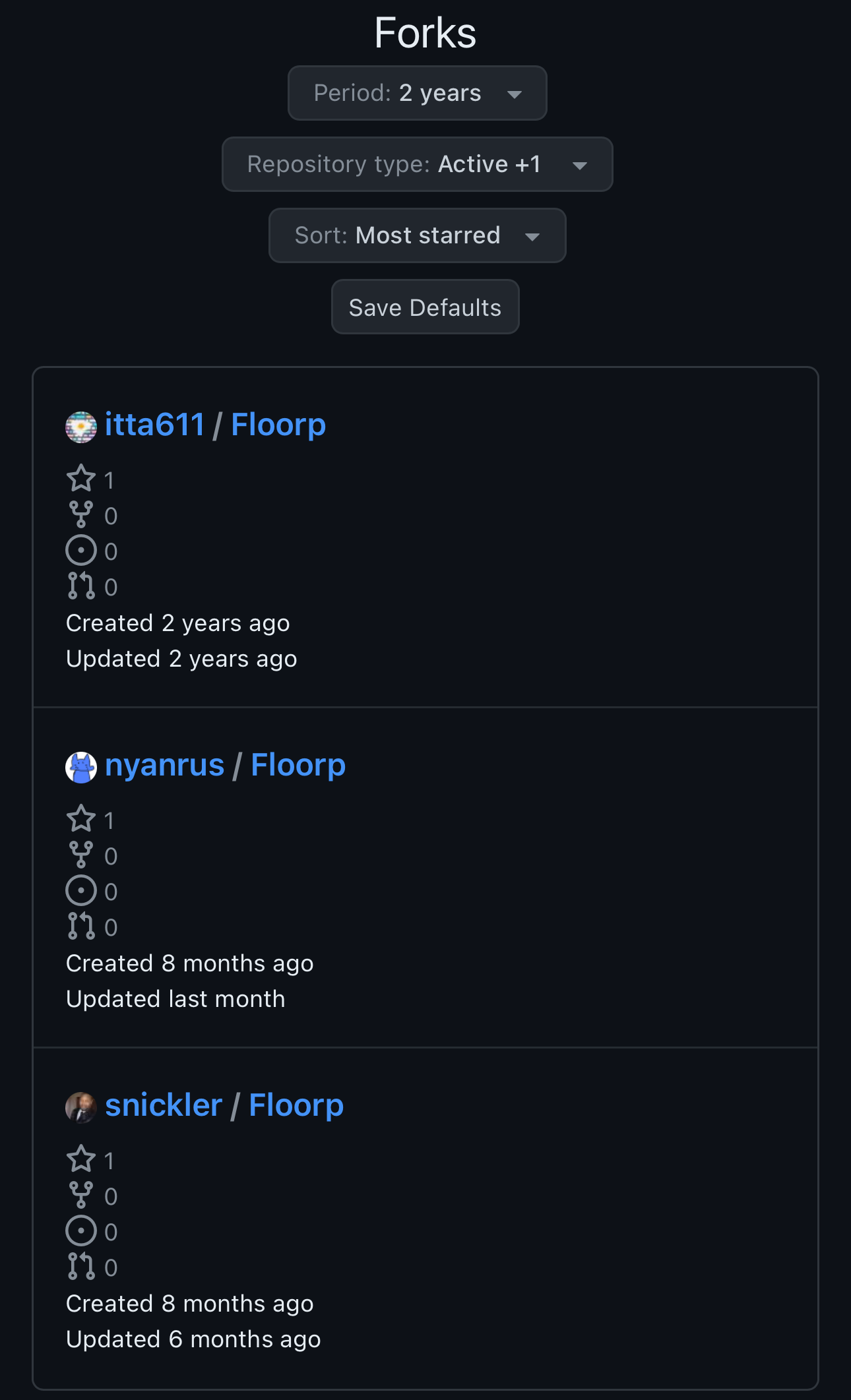

I mean it’s FOSS. Have you considered opening a PR to contribute what’s missing? You can be the change you want to see. I wouldn’t normally comment something like this. Your emphasis on “still” raised my hackles a little bit and led me to ask why you still haven’t made your own.






All of these packaging systems have plenty of tutorials. Speaking from experience, many maintainers were not developers when they started maintaining packages for distros other than the official distros. I have worked with several maintainers who do work in tech and know socially several who had no background. This could be a great place for you to start!
You bother because FOSS is as much paying it forward as it is getting shit for free.